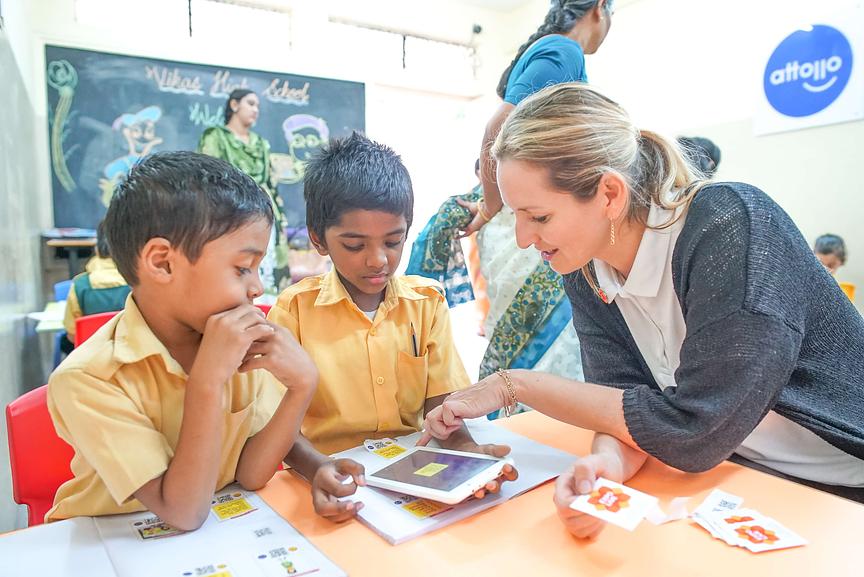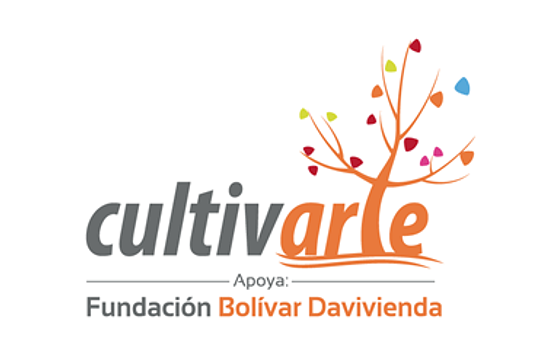Worldwide there are 250 million preschool children who are not ready for primary school. In the early years, children learn most vocabulary from their parents but where parents struggle with their own illiteracy they can find it difficult to support children to develop cognitively during the vital early years.
Limited vocabulary is a huge barrier to school success and children from some less advantaged backgrounds who often start school significantly behind their peers. This gap frequently widens as children move through school leaving some children unable to reach their full potential or even at risk of dropping out of school altogether. This can lead to an enormous loss of economic potential both for the child and for the country.
Talking Stickers seeks to close this vocabulary gap by tapping into the importance of play in early literacy skills as well as children’s love for stickers. They aimed to develop a home-based learning system which would enable parents to become their children’s teachers. Talking Stickers use QR codes and pair them with a tablet or a smartphone - which can read and record words, songs and nursery rhymes.
Talking Stickers work with educational organisations to identify suitable vocabulary to be included. Based on pre-existing, culturally appropriate early development materials, age specific bundles of stickers are developed. These stickers promote play, develop reading and turn everyday objects into educational toys. Stickers can also be used in existing books with parents or teachers recording themselves reading the book.
For a monthly subscription, parents receive a monthly batch of stickers from their educational institutions.Parents are empowered to read, talk and sing with their children. An impact report by Talking Stickers indicated that parent to child interaction increased to an average of 42 minutes per day. Importantly, parents were able to develop their own vocabulary alongside their children. Based on studies, Talking Stickers estimate that after a year would reduce the vocabulary gap by 75 to 90%.
Talking Stickers can be used to record instructions on medical products to enable parents who cannot read to access audio instructions.
Talking Stickers was a runner up in the 2015 Hult Prize Challenge.



